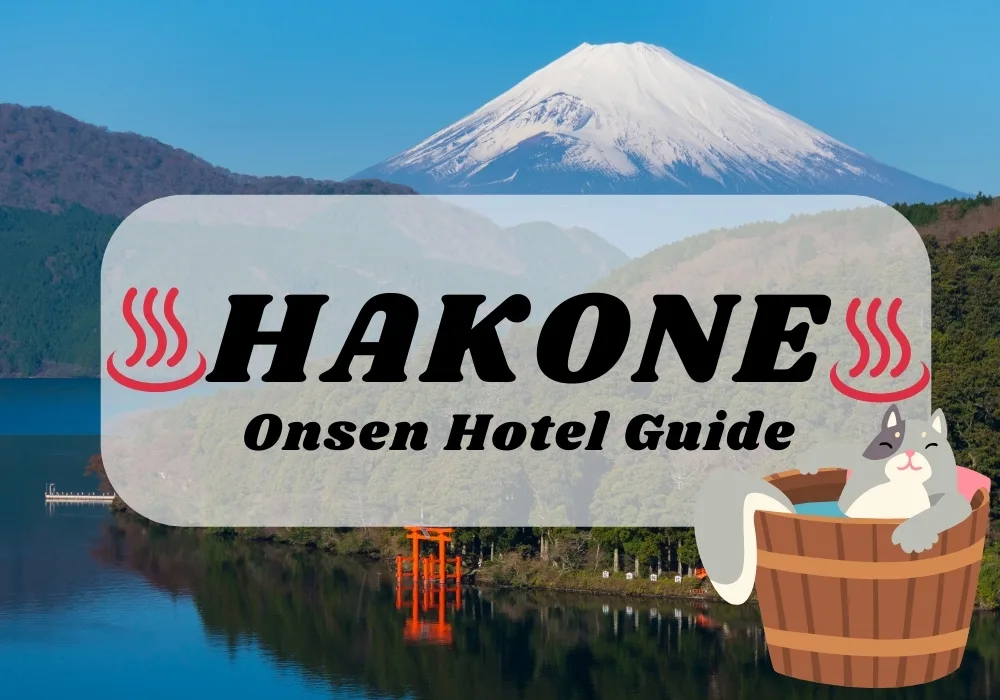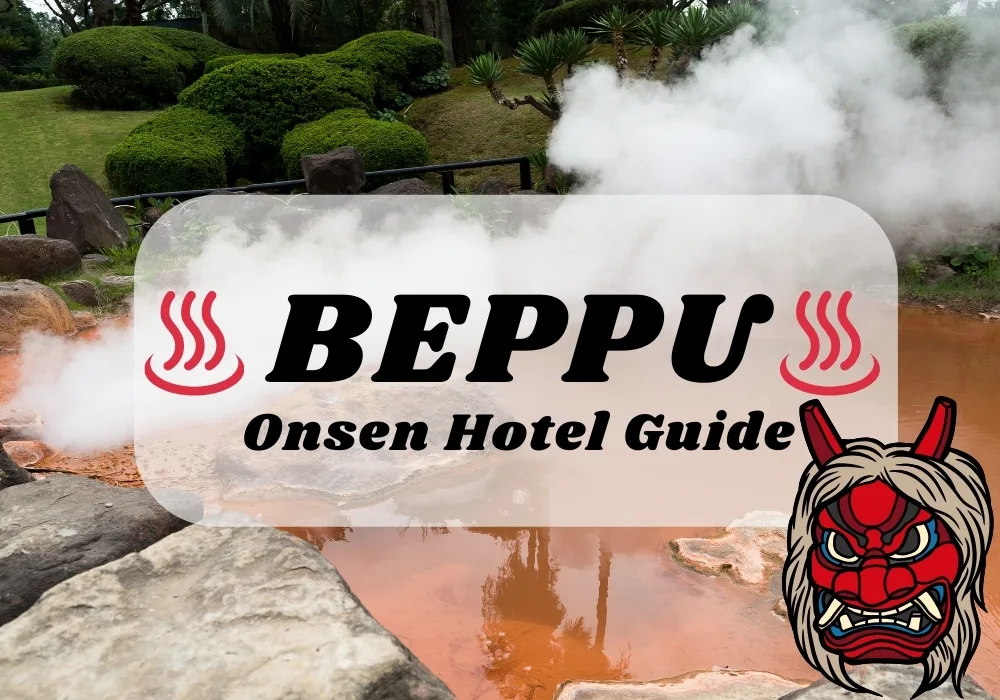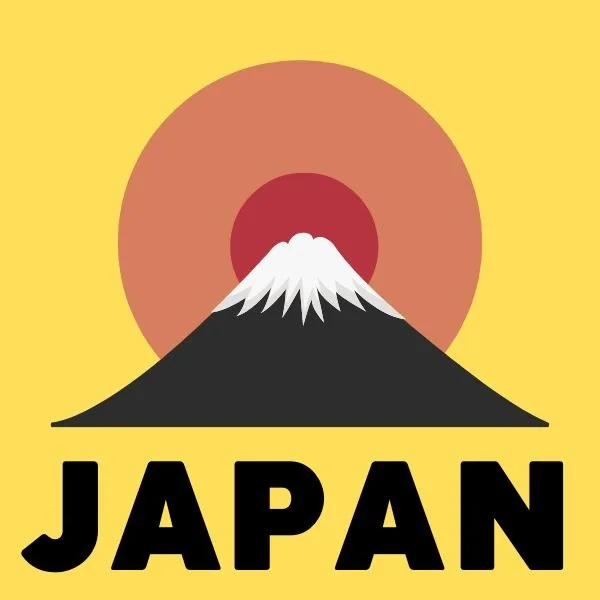This post is for those who have never experienced a hot spring in Japan. It introduces what a hot spring is, what effects it has, and how to enter it as tips.
Quick jump to
1. What is Onsen, Hot Spring?
2. Beauty and Health benefits
3. Tips on enjoying hot spring in Japan
4. Famous hot spring places in Japan
What is Onsen, Hot Spring?
A hot spring is a natural warm water obtained by the eruption or drilling of underground hot water or steam. Hot springs contain various components, each of which has good effects on beauty and health. Japan is a country with active volcanic activity, so there are hot springs all over the country. Hot springs are deeply involved in Japanese culture and history and have been familiar to people as a place of healing and enjoyment since ancient times.
Beauty and Health benefits

Hot springs have the following effects:
- Blood circulation improvement: Entering a hot spring dilates blood vessels and improves blood flow. This makes it easier to expel waste products and toxins from the body. Also, improved blood circulation boosts immunity and makes you less prone to illness.
- Skin beautification effect: Minerals and ingredients in hot springs penetrate the skin and provide moisturizing and exfoliating effects. Especially sulfur springs and carbonated springs are said to promote skin metabolism and improve skin problems such as acne and blemishes.
- Relaxation effect: Entering a hot spring relaxes muscles and nerves and allows you to relax both physically and mentally. Stress and fatigue are relieved, and the quality of sleep and mental stability are improved.
Tips on enjoying Hot spring

When you enter a hot spring in Japan, you need to pay attention to some manners and rules.
- Wash your body before entering the hot spring.
- Do not put towels, detergents, etc. in the bathtub. (This maybe is the strictest manner of hot springs in Japan that people care.)
- When entering the hot spring, get used to it slowly as the temperature may be too high for you.
- Make sure to get some water or tea after getting out of the hot spring. You lose water and salt by sweating after enjoying hot spring.
Famous hot spring places in Japan
There are many hot spring areas in Japan, but here are some of the most famous ones. Atami hot spring and Beppu hot spring are close to the sea, so they have a lot of salt, moisturizing effect and blood circulation promotion effect. Hakone hot spring and Kusatsu hot spring are close to the mountains, so acidic and alkaline hot springs are said to have sterilizing and keratin removing effects. You can also consult your itinerary and go to your favorite hot spring area.
- Hakone Onsen, Kanagawa Prefecture
Hakone Onsen is a popular tourist destination that can be reached from Tokyo in about 90 minutes. Hakone has 17 hot spring towns, each with its own characteristics. For example, Gora Onsen on the shore of Lake Ashi has many open-air baths where you can enjoy bathing while overlooking the lake and Mt. Fuji. There are also historical tourist spots such as Odawara Castle and Hakone Shrine.

Onsen Hotel Guide for Hakone
- Atami Onsen, Kanagawa Prefecture
Atami Onsen is a famous hot spring resort in Japan that can be reached by bullet train from Tokyo in about 40 minutes. It is also attractive for its scenic beauty surrounded by the sea and mountains. Atami Onsen has a chloride spring, which is a hot spring with a composition similar to seawater. Chloride spring has moisturizing and antiseptic effects, and is effective for skin problems and wound healing. It also warms the body from the core and promotes sweating, which is effective for coldness and poor metabolism. At Atami Onsen, you can enjoy open-air baths and panoramic baths at hotels and inns by the sea, or you can easily take a bath at public baths in the city.

Onsen Hotel Guide for Atami
- Beppu Onsen, Oita Prefecture
Beppu Onsen is the largest hot spring resort in Japan, located in the eastern part of Kyushu. It can be reached by express train from JR Hakata Station in about 2 hours. Beppu has about 2,400 sources, which is one of the top in the world. Beppu’s hot springs are rich in color, smell, and quality, and have various effects. For example, you can see rare hot springs such as red water and blue water at eight hot spring areas called Hell Tour. You can also enjoy unique bathing methods such as sand bath and steam bath.

Onsen Hotel Guide for Beppu, Oita
- Arima Onsen, Hyogo Prefecture
Arima Onsen is one of the oldest hot spring resorts in Japan, which can be accessed by train from JR Osaka Station in 60 minutes. It has a lot of historic streets and quaint inns, and has been loved by nobles and cultural figures since ancient times. Arima Onsen has two types of sources, gold spring and silver spring. Gold spring is a reddish-brown hot spring containing iron, which has the effect of improving blood circulation and anemia. Silver spring is a colorless and transparent carbonated spring, which has the effect of relieving neuralgia and muscle pain. At Arima Onsen, you can enjoy various baths by mixing or adjusting these sources.
- Noboribetsu Onsen, Hokkaido
Noboribetsu Onsen is a hot spring resort in Hokkaido, which can be reached by train from Sapporo in about an hour and a half. The hot spring was formed by volcanic activity, and contains rich minerals such as sulfur and iron. Therefore, the color of the hot spring changes to white, red, blue, etc. At Noboribetsu Onsen, you can see steam and vents at a place called Hell Valley. Also, nearby there is a wildlife park where you can see monkeys bathing in hot springs.
- Kusatsu Onsen (Gunma Prefecture)
Kusatsu Onsen is a historic hot spring resort in the northern part of Kanto. It takes about 3 hours by train from Tokyo. Kusatsu’s hot spring boasts the largest amount of water and strong acidity in Japan. Therefore, it has a high sterilizing power and is said to be effective for skin diseases and rheumatism. In Kusatsu, you can see a traditional technique of adjusting the temperature of the hot spring water at a square where hot spring water flows, called Yubatake. You can also enjoy winter sports such as skiing and snowboarding.

Onsen Hotel Guide for Kusatsu, Gunma
In this post, we introduced what hot springs are for foreign tourists who want to experience hot springs in Japan. Hot springs are an important culture for Japanese people, and you can feel nature and history. By all means, please try to enter the hot spring when you come to Japan! It will be great. You will be healed both mentally and physically by the hot spring, and will love it and come to Japan again.❤️



